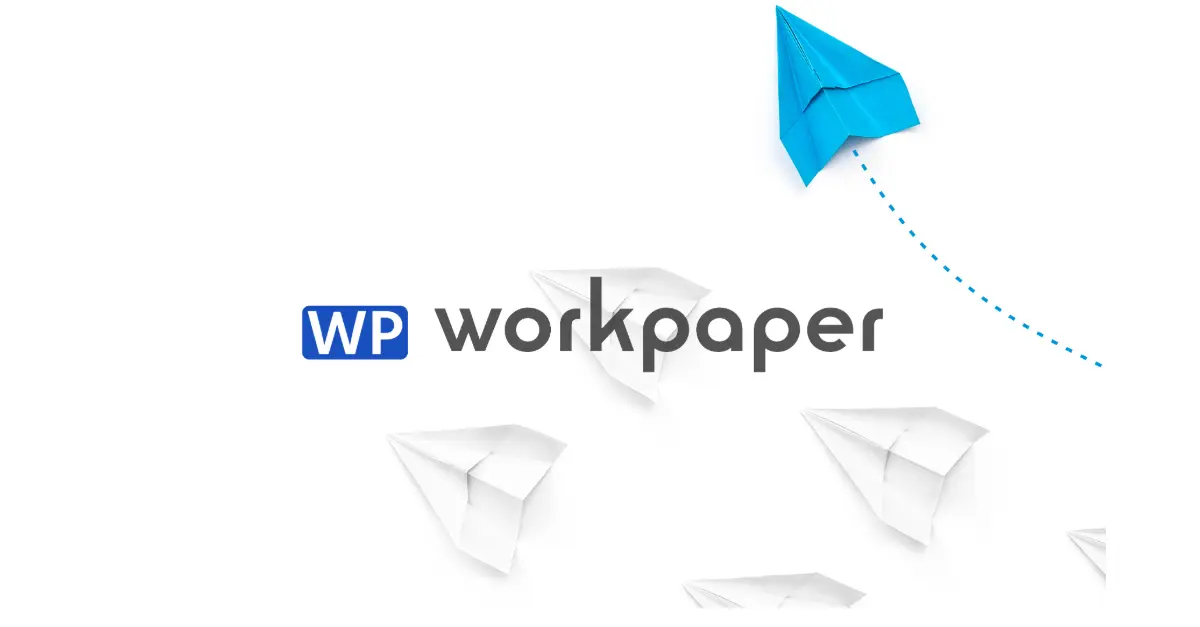Unlocking Success: The Crucial SaaS Accounting Metrics You Can’t Afford to Overlook
In the realm of Software as a Service (SaaS), where agility, scalability, and data-driven decision-making reign supreme, understanding and leveraging key accounting metrics is paramount. These metrics serve as the compass guiding SaaS companies toward sustainable growth, profitability, and investor confidence. In this comprehensive cornerstone blog, we delve into the most important SaaS accounting metrics, shedding light on their significance and uncovering often overlooked details that can make a substantial difference in business outcomes.
1. Monthly Recurring Revenue (MRR)
Understanding MRR: Monthly Recurring Revenue (MRR) is the heartbeat of any SaaS business. It represents the predictable revenue generated from subscription-based services on a monthly basis. MRR provides critical insights into revenue stability, growth trends, and customer retention. However, it’s essential to distinguish between different types of MRR, such as New MRR, Expansion MRR, and Churned MRR, to gain a comprehensive understanding of revenue dynamics.
Overlooked Detail: MRR Expansion Potential: While many blogs focus on the significance of reducing churn, it’s equally important to explore opportunities for MRR expansion within existing customer accounts. By upselling or cross-selling additional features or services, SaaS companies can maximize revenue from their customer base, driving sustainable growth without solely relying on acquiring new customers.
2. Customer Acquisition Cost (CAC)
Understanding CAC: Customer Acquisition Cost (CAC) measures the cost incurred to acquire a new customer. Calculated by dividing total sales and marketing expenses by the number of new customers acquired within a specific period, CAC offers crucial insights into the efficiency of a company’s sales and marketing operations. However, it’s essential to delve deeper into CAC by analyzing the performance of different acquisition channels and understanding the lifetime value of acquired customers to optimize acquisition strategies.
Overlooked Detail: CAC Payback Period: While knowing the absolute CAC is important, understanding the CAC payback period is often overlooked. This metric indicates the time it takes for a company to recoup the cost of acquiring a customer through their subscription revenue. A shorter payback period signifies faster returns on customer acquisition investments, enhancing cash flow and profitability in the long run.
3. Customer Lifetime Value (CLTV or LTV)
Understanding CLTV: Customer Lifetime Value (CLTV) quantifies the total revenue a customer is expected to generate over their entire relationship with the company. This metric is instrumental in determining the long-term profitability of customer relationships and guiding resource allocation towards high-value customer segments. However, it’s crucial to consider factors such as customer churn rates, retention efforts, and pricing strategies when calculating CLTV to ensure accuracy and relevance.
Overlooked Detail: CLTV Cohort Analysis: While calculating CLTV for the entire customer base provides valuable insights, conducting CLTV cohort analysis can offer a deeper understanding of revenue trends and customer behavior over time. By grouping customers based on their acquisition cohorts and analyzing their CLTV trajectories, SaaS companies can identify patterns, segment customers more effectively, and tailor retention strategies to address specific needs and preferences.
4. Churn Rate
Understanding Churn Rate: Churn rate measures the percentage of customers who cancel their subscriptions within a given period. High churn rates can erode revenue and hinder growth prospects. While tracking overall churn rate is important, it’s equally crucial to delve deeper into churn dynamics by analyzing churn reasons, customer segments, and usage patterns to develop targeted retention strategies and minimize revenue loss.
Overlooked Detail: Revenue Churn vs. Customer Churn: While most blogs focus on customer churn, overlooking revenue churn can lead to incomplete insights. Revenue churn accounts for the lost revenue attributed to churned customers, considering factors such as subscription tiers, discounts, and upsells/downsells. By tracking both revenue churn and customer churn, SaaS companies can gain a holistic understanding of churn impact and implement strategies to mitigate revenue loss effectively.
5. Gross Margin
Understanding Gross Margin: Gross margin represents the difference between revenue and the direct costs associated with delivering the SaaS product or service. It reflects the efficiency of operations and scalability of the business model. While monitoring gross margin is crucial, it’s important to delve deeper into cost components, such as hosting expenses, customer support costs, and infrastructure investments, to identify areas for cost optimization and margin improvement.
Overlooked Detail: Contribution Margin Analysis: While gross margin provides insights into overall profitability, conducting contribution margin analysis can offer a more granular perspective on product-level profitability and resource allocation. By subtracting variable costs, such as sales commissions and payment processing fees, from revenue, SaaS companies can determine the contribution of each product or subscription tier to overall profitability and prioritize investments accordingly.
Conclusion
In conclusion, mastering the nuances of SaaS accounting metrics goes beyond surface-level understanding. By delving into the intricacies of metrics such as MRR, CAC, CLTV, churn rate, and gross margin, SaaS companies can drive informed decision-making, optimize business performance, and unlock their full potential in the competitive landscape of the digital economy. Remember, it’s not just about tracking metrics—it’s about leveraging insights to fuel sustainable growth and profitability.
